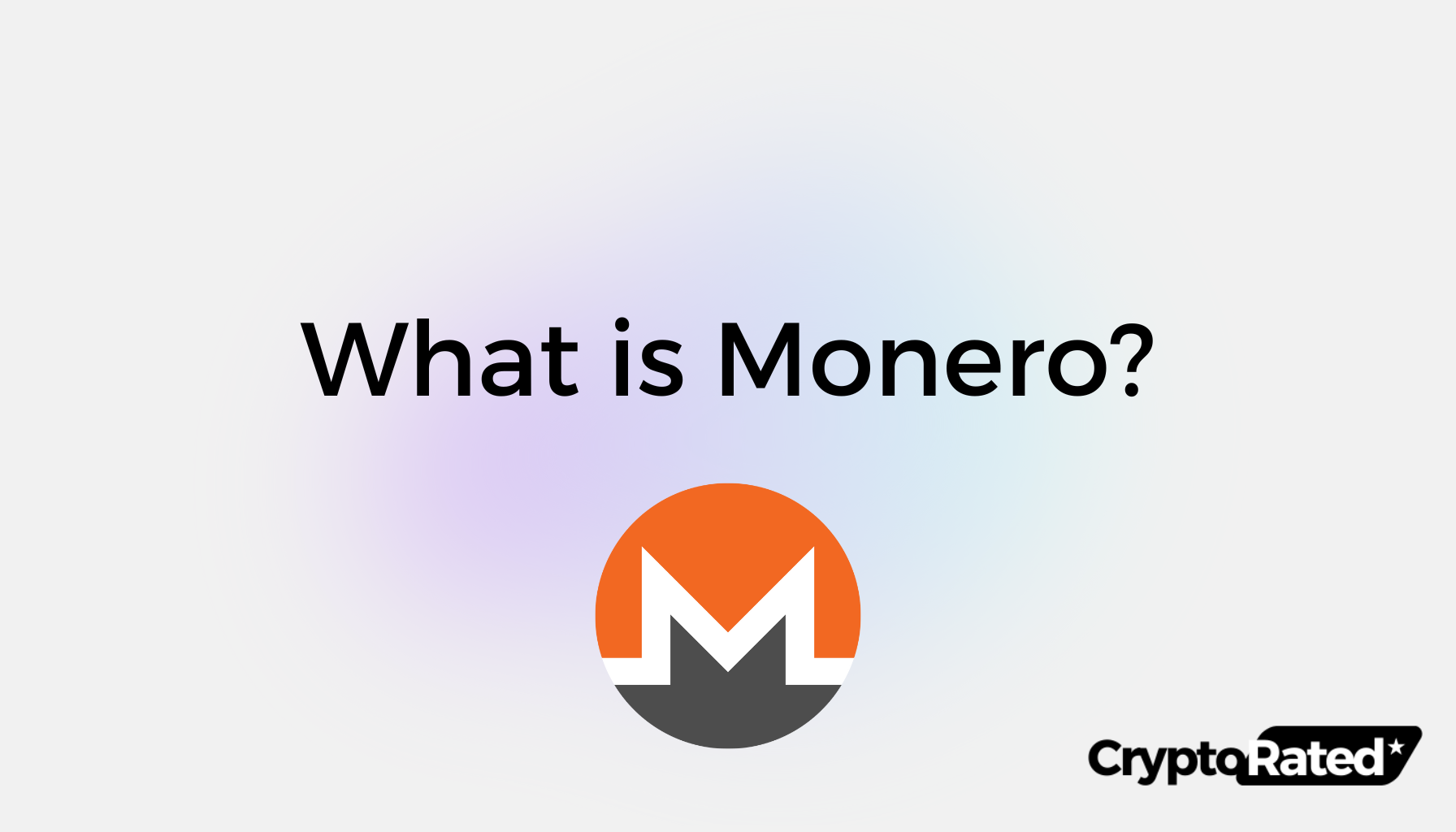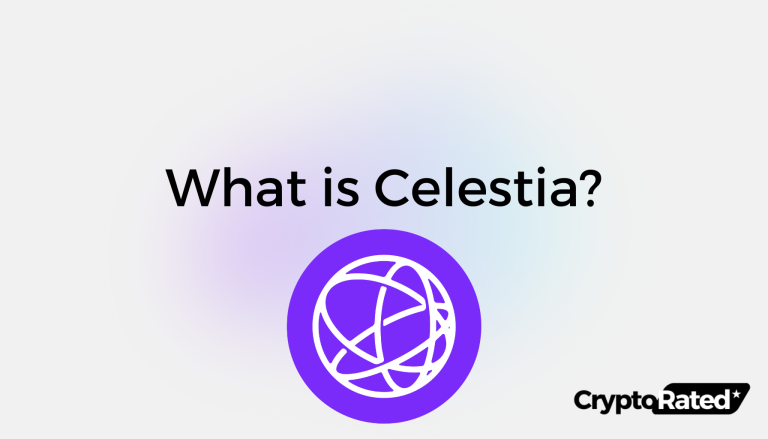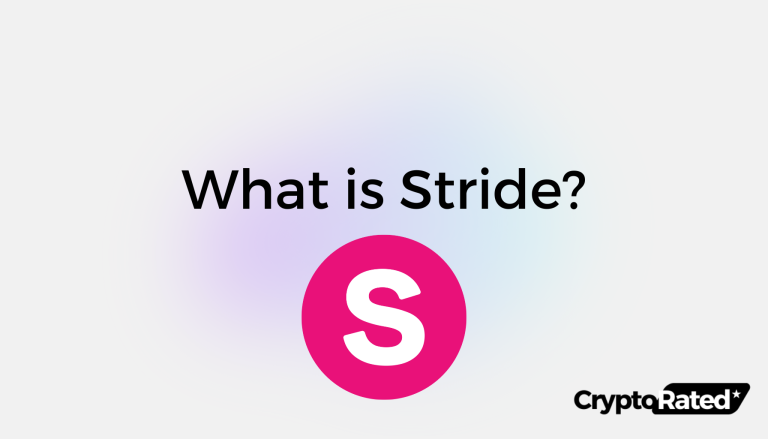
What Is Monero (XMR)?
Monero (XMR) is a cryptocurrency that launched in 20141. It is an open-source, privacy-oriented cryptocurrency that is built using blockchain technology. Monero is known for its opaque blockchain, which makes transaction details and the amount of every transaction anonymous by disguising the addresses used by participants.
Key Takeaways
- Monero is a privacy-oriented cryptocurrency that is built using blockchain technology.
- Monero’s blockchain is opaque, which makes transaction details and the amount of every transaction anonymous by disguising the addresses used by participants.
- Investors can mine Monero using their own CPUs, meaning they don’t need to pay for special hardware.
One of Monero’s unique selling propositions is that investors can mine Monero using their own CPUs. As a result, miners don’t need to pay for special hardware. Monero’s privacy features make it easy to use for illicit activities as well as for use on the dark web. Such potential applications have led to controversy, as some commentators have associated Monero with illegal activities. However, Monero’s development team has distanced itself from the use of their cryptocurrency for illegal activities2.
Overall, Monero is a privacy-oriented cryptocurrency that offers anonymity and security to its users. While it has been criticized for its use in illegal activities, it has also been praised for its innovative technology and its commitment to privacy.
Understanding Monero (XMR) Cryptocurrency
Monero is designed to obscure transaction details, including the identity of senders and recipients, and the amount of every transaction. These privacy features are achieved by disguising the addresses used by participants, thereby making Monero transactions anonymous.
In addition to anonymity, Monero’s mining process is egalitarian, meaning that all users are treated as equal and deserving of equal opportunities.
Monero’s developers did not keep any stake for themselves when they launched the cryptocurrency3, relying instead on contributions and community support to further develop it.
As of December 11, 2023, Monero is trading at $171.28 and has a market capitalization of $3.1 billion. This is a significant increase from its closing price of $89.12 on August 26, 2020, when its market cap was $1.58 billion.
Monero’s privacy features have made it a popular choice for those who value anonymity in their transactions. However, this has also made it a target for regulators and law enforcement agencies who cite concern about its potential use in illegal activities. Despite this, Monero continues to be a popular cryptocurrency with a strong community of supporters.
Overall, Monero’s focus on privacy and egalitarianism has made it a unique player in the cryptocurrency market.
How Is Monero Different from Bitcoin?
Monero and Bitcoin are both decentralized cryptocurrencies that operate on a blockchain. However, there are several key differences between the two.
| Criteria | Monero | Bitcoin |
|---|---|---|
| Year Launched | 2014 | 2009 |
| Team | Monero’s Core Team (Anonymous) | Bitcoin’s Pseudonymous Creator (Satoshi Nakamoto) |
| Consensus Mechanism | Proof-of-Work (CryptoNight) | Proof-of-Work (SHA-256) |
| Privacy Features | Ring Signatures, Ring Confidential Transactions (RingCT) | Pseudonymous Transactions, Limited Privacy Features |
| Block Time | Approximately 2 minutes4 | Approximately 10 minutes |
Note: Monero’s team is intentionally listed as “Anonymous” because the identities of the core team members are not publicly disclosed to enhance privacy and security.
Privacy
One of the main differences between Monero and Bitcoin is their approach to privacy. While Bitcoin uses pseudonymous addresses to attempt to shield the participant’s identity, Monero takes privacy to the next level by using stealth addresses and ring signatures.
These features keep Monero’s transactions private and untraceable, enabling participants to remain anonymous5.
In contrast, Bitcoin transactions are recorded on the blockchain, which is a public ledger that anyone can access. As a result, Bitcoin transactions are not private. Instead, people can track a participant’s transaction history and link multiple transactions to the same address.
Fungibility
Another key difference between Monero and Bitcoin is fungibility. Fungibility refers to the ability of two units of a currency to be mutually substituted with no difference between them.
Monero is completely fungible, which means that every unit of Monero is equal in value and there is no way to distinguish between one unit and another.
In contrast, Bitcoin is not completely fungible. Each Bitcoin unit has a unique transaction history that is recorded on the blockchain, and it is possible to trace the history of a particular Bitcoin unit6. This means that some Bitcoin units may be considered “tainted” if they were used for illegal activities in the past, and they may be worth less than other Bitcoin units.
Popularity
Bitcoin is the most popular cryptocurrency on the market, but Monero is also a popular choice among investors and traders. Monero is currently among the top 25 most popular cryptocurrencies in the industry.
In summary, Monero offers greater privacy and censorship-resistance than Bitcoin, making it a popular choice for those who value anonymity and security in cryptocurrency transactions.
How Does Monero Improve Privacy?
Monero is a privacy-oriented cryptocurrency that uses ring signatures, stealth addresses, and Ring Confidential Transactions (RingCT) to improve privacy.
Ring signatures allow senders to conceal their identity from other participants in a group. Ring achieves this by combining the sender’s account keys and public keys on the blockchain to produce an anonymous digital signature that does not reveal which member signs a transaction.
Monero’s innovative use of ring signatures makes it computationally infeasible7 to determine which member’s key was used to produce the signature, thus hiding the sender’s identity.
Stealth addresses add an additional layer of privacy by generating unique, randomly generated addresses for one-time use on behalf of the recipient. This mechanism conceals the destination address of a transaction, thereby hiding the identity of the receiving participant. Stealth addresses make it difficult for anyone to link a transaction to any specific address, thereby improving privacy8.
RingCT functionality was introduced in January 2017 and is mandatory for all transactions executed on the Monero network. It enables users to obscure transaction amounts, thus providing complete privacy for Monero users.
This unique combination of ring signatures, stealth addresses, and RingCT make Monero one of the most private cryptocurrencies available.
Privacy Features: A Summary
Ring Signatures allow senders to conceal their identity from other participants in a group.
Stealth Addresses generate unique, randomly generated addresses for one-time use on behalf of the recipient.
RingCT hides the amount of any given transaction.
To summarize, Monero uses a combination of ring signatures, stealth addresses, and RingCT to improve privacy for its users. These features make it difficult for anyone to link a transaction to a particular address or individual, thus ensuring complete privacy for Monero users.
Monero’s Challenges
While Monero’s privacy features are a key selling point, they also present several challenges.
The anonymity of Monero transactions makes it attractive for use in illicit activities, such as the drug trade and gambling, as it allows users to evade law enforcement and capital controls.
CNBC reports9 that hackers have even created malware to mine Monero and send it to North Korea.
The use of Monero on dark web marketplaces, such as AlphaBay and Oasis, has also raised concerns about the cryptocurrency’s association with illegal activities10. Despite its potential for abuse, Monero remains a popular choice for privacy-minded individuals and has gained a reputation as one of the most secure cryptocurrencies available.
Overall, Monero’s challenges stem from its privacy features, which make it both attractive and potentially problematic for users. As with any cryptocurrency, it is important for individuals to use Monero responsibly and to be aware of the risks involved.
How to Mine Monero
Monero is a cryptocurrency that can be mined using a standard computer without any specific hardware. Users can mine individually or join mining pools to get rewarded for their activities11.
Monero runs on all leading OS platforms, including Windows, macOS, Linux, Android, and FreeBSD.
Monero relies on a proof-of-work (PoW) consensus mechanism, an algorithm that provides security to certain cryptocurrencies including Bitcoin.
To mine Monero, users can use the CPU or GPU of their computer. A full list of compatible hardware is available on the Monero website. Users can also install software, which may cost a developer fee. A popular mining software is XMR-Stak, which supports both CPU and GPU mining.
Purchasing Monero is available on a number of exchanges12. Users can also buy Monero through an automated teller machine (ATM) that is enabled for cryptocurrencies.
In summary, mining Monero is a straightforward process that can be run on a standard computer without any specific hardware. Users can mine individually or join mining pools to get rewarded for their activities.
Is Monero Illegal?
Monero is a privacy-oriented cryptocurrency that provides users with anonymity. This characteristic, however, makes it very popular on the darknet and for use with certain activities such as gambling and the sale of drugs. Despite its association with illegal activities, Monero is not an illegal cryptocurrency.
Is Monero a Good Investment?
Monero (XMR) has shown promising recovery in recent months, with a 14.2% increase in price compared with a year ago13.
The cryptocurrency is also accessible to anyone with a computer, as it can be mined using a CPU and works with all major operating systems. As such, there is no need for expensive hardware, thereby saving on fees. Overall, Monero may be a good investment for those interested in cryptocurrencies.
How Long Does It Take to Mine Monero?
The time required to mine one Monero can vary based on the mining hashrate and block reward. As of December 11, 2023, a solo miner could expect to mine 0.1 XMR over the course of year. This rate presupposes a hashrate of 1,500 H/s14.
Can XMR Be Traced?
Monero, also known as XMR, is known for its untraceable nature. Unlike other cryptocurrencies such as Bitcoin, Monero offers a non-traceable transaction history. This feature provides users with a safer network where their held units cannot be refused or blacklisted by others.
The Bottom Line
Monero is gaining popularity among investors due to its privacy-rich attributes. XMR can be traded on leading cryptocurrency exchanges like Binance, OKX, Bybit and KuCoin. However, investors need to be aware that its popularity can also lead to some major challenges, such as its association with illegal activities.
It is important to consult a qualified professional before making any financial decisions. It is also essential to understand that cryptocurrencies are not regulated by any central authority and their value can be highly volatile.
Therefore, investors need to do their due diligence and understand the risks involved before investing in Monero or any other cryptocurrency. It is important to remember that what works for one investor may not work for another, and each individual’s situation is unique.
In summary, while Monero may be an attractive investment option, investors should approach it with caution and carefully consider their financial goals, risk tolerance, and investment horizon before investing.
Frequently Asked Questions
What are the Key Features that Make Monero a Privacy-Centric Cryptocurrency?
Monero is a privacy-centric cryptocurrency that offers several key features that make it stand out from other cryptocurrencies.
First, Monero transactions are private and untraceable, thanks to its advanced cryptography technology.
Second, Monero is fully decentralized. In other words, there is no central authority controlling the network.
Finally, Monero is highly secure, thanks to its use of ring signatures, stealth addresses, and other advanced security features.
How Does Monero Ensure Transactions Remain Confidential and Untraceable?
Monero uses several advanced cryptography techniques to ensure that transactions remain confidential and untraceable.
First, Monero uses ring signatures, which obscure the identity of the sender by mixing their transaction with several others.
Second, Monero uses stealth addresses, which, in turn, obscure the identity of the recipient. Stealth addresses generate a unique, one-time address for each transaction. Finally, Monero uses a feature called “ring confidential transactions,” which hides the amount of each transaction from prying eyes.
What Are the Differences Between Monero and Bitcoin Regarding Privacy?
While both Monero and Bitcoin are cryptocurrencies, they differ significantly in terms of privacy. Bitcoin transactions are fully transparent, meaning that anyone can trace the sender, recipient, and amount of each transaction. Monero, on the other hand, uses advanced cryptography techniques to ensure that transactions remain private and untraceable.
Which Wallets are Recommended for Securely Storing Monero XMR?
Several wallets are recommended for securely storing Monero XMR. Some of the most popular options include the official Monero GUI wallet, the Ledger Nano S wallet, and the Trezor hardware wallets.
What Recent Developments in Monero’s Protocol Contribute to its Privacy in 2023?
In 2023, Monero has made several recent developments to its protocol that contribute to its privacy. One major development is the implementation of zero knowledge proofs known as Bulletproofs. Bulletproofs significantly reduces the size of Monero transactions and improves their privacy.
Another development is the implementation of RandomX, a new PoW mining algorithm that is designed to improve the overall security of the network while maintaining its egalitarian characteristics.

WRITTEN
Mariquita de Boissière
Through storytelling and detailed research, Mariquita connects the brightest developer talent and most motivated community members to web3 changemakers. From contributing top-of-funnel educational content for web3 onboarding projects like Surge.io to collaborating with Hedera’s HBAR Foundation on content marketing strategy, Mariquita has worked with some of the top artists, founders and builders in the space.




